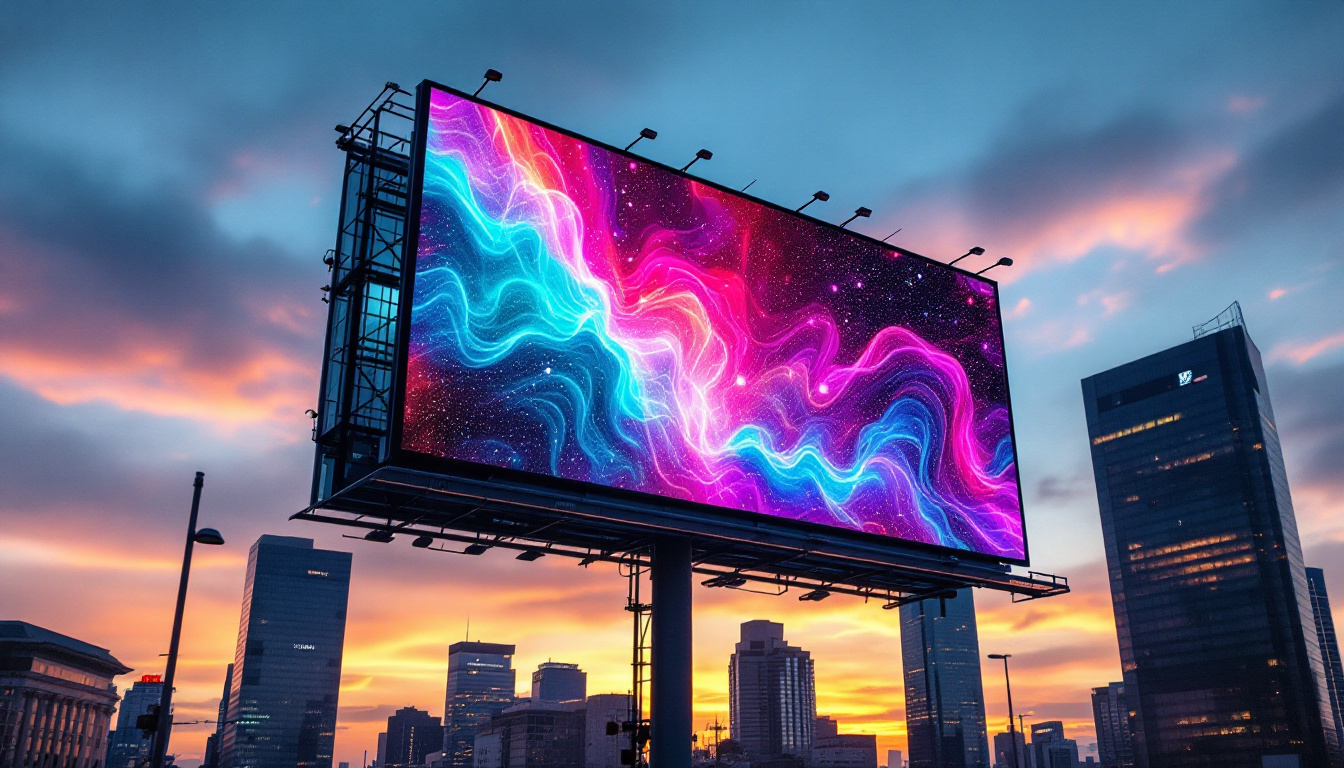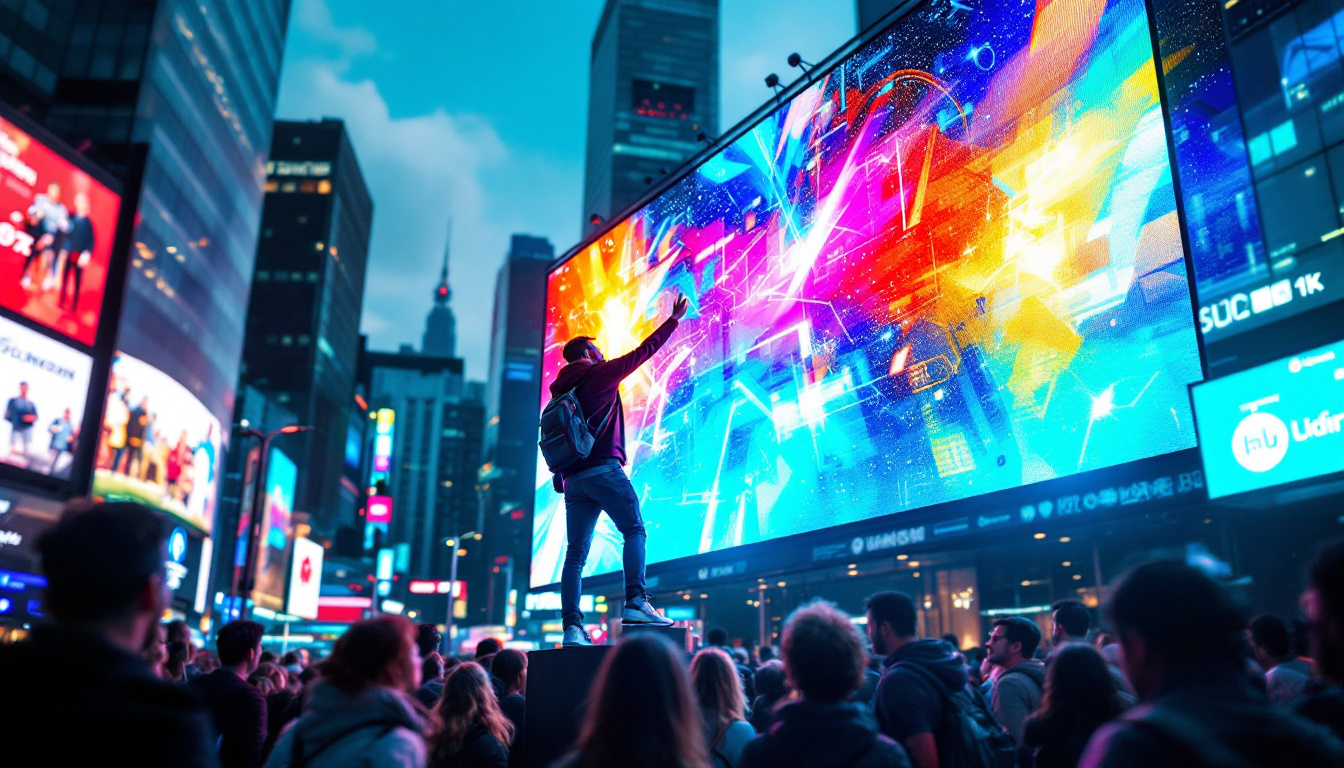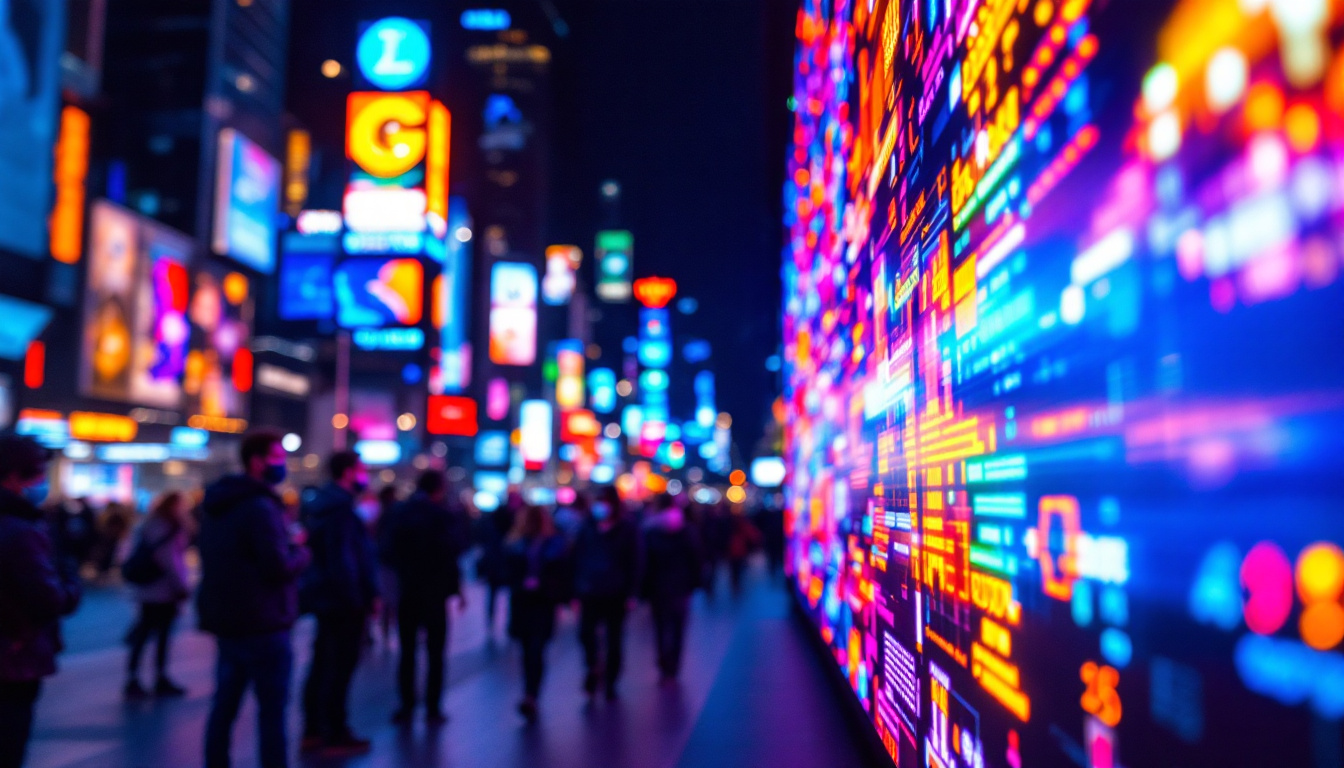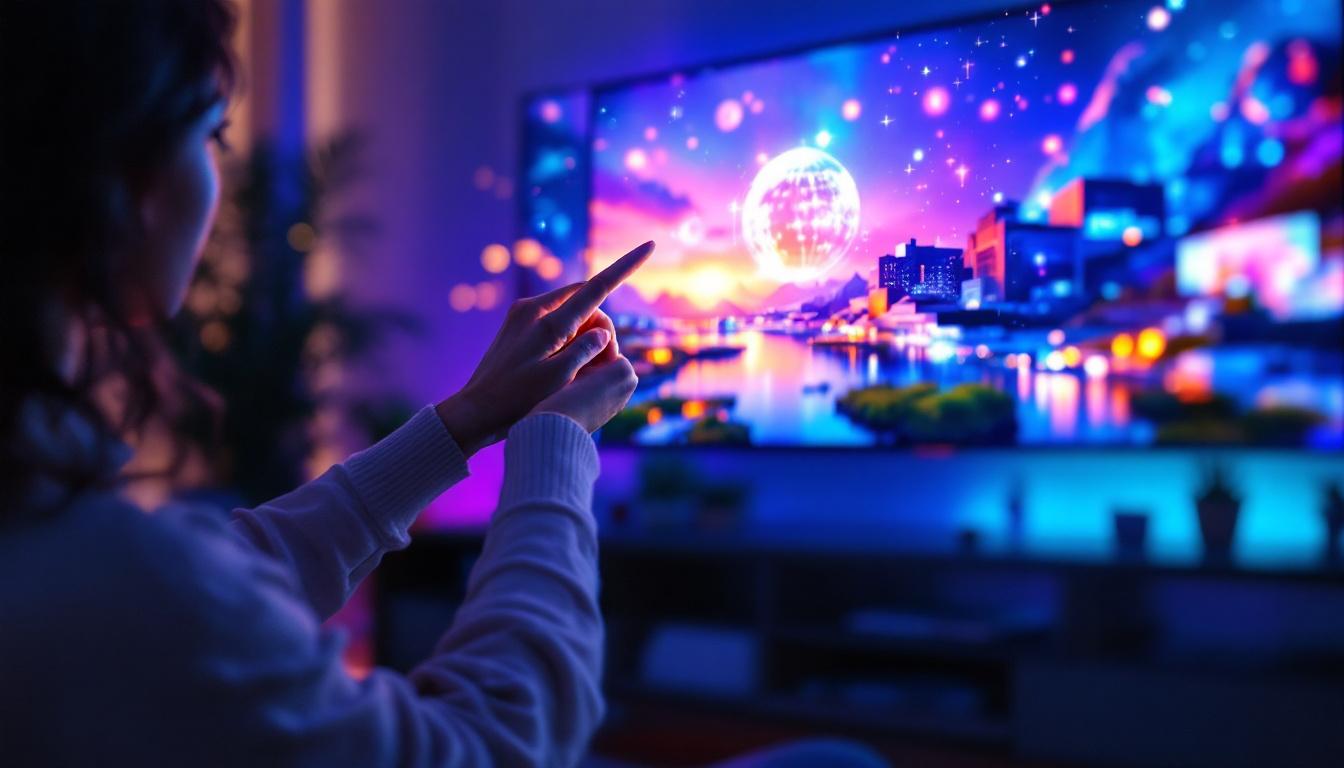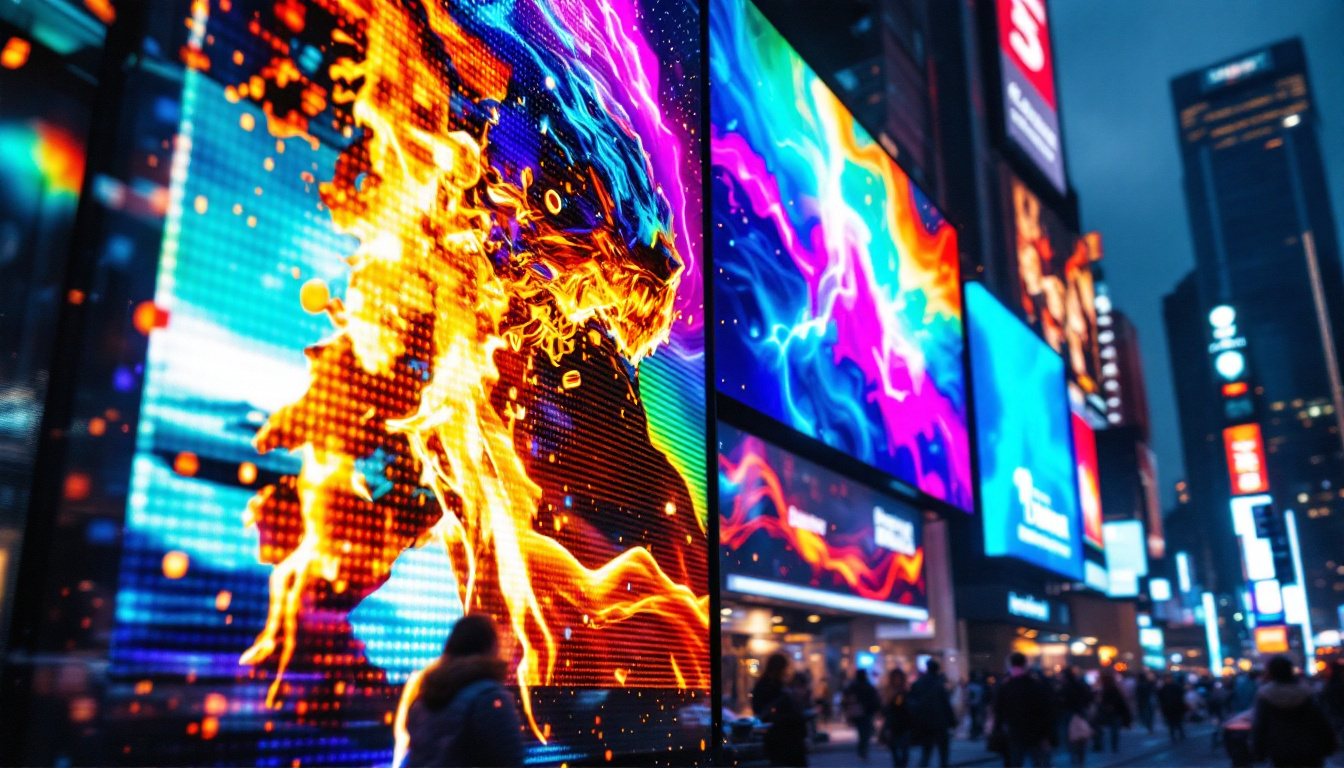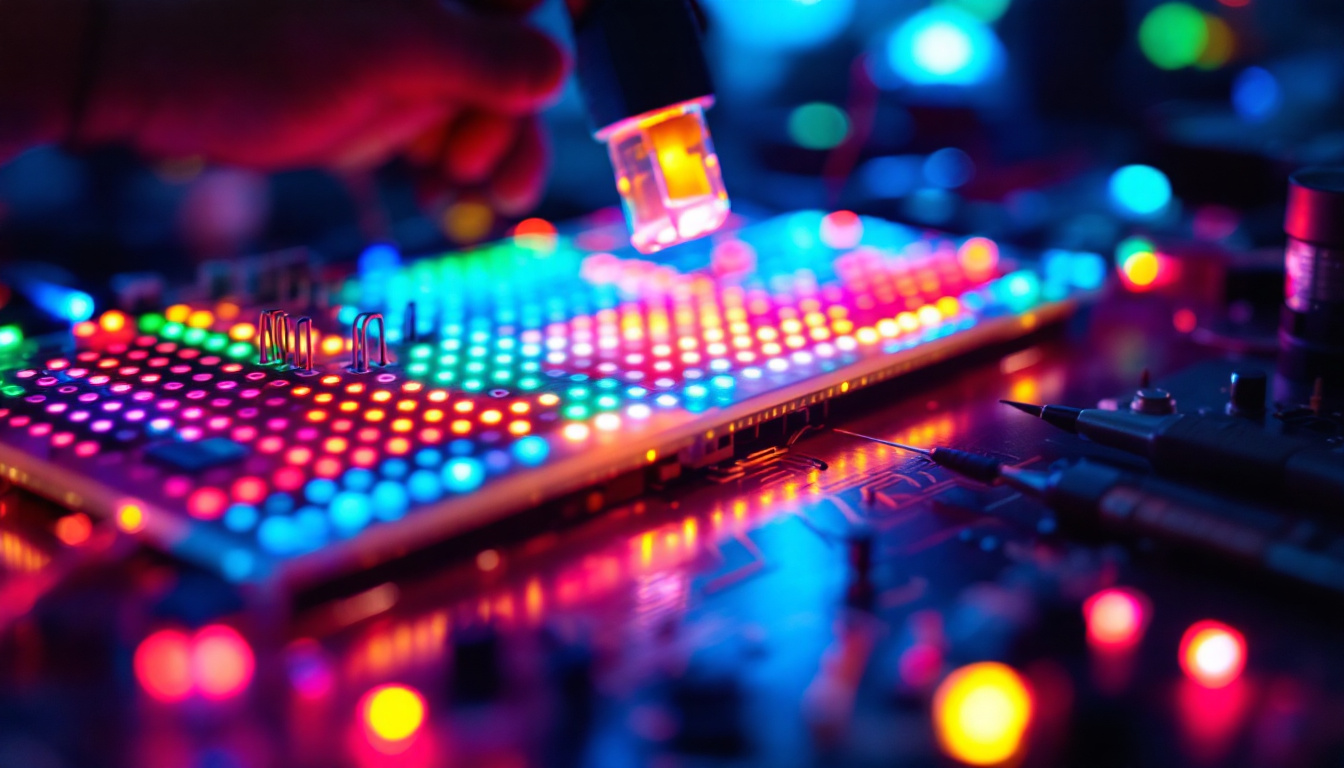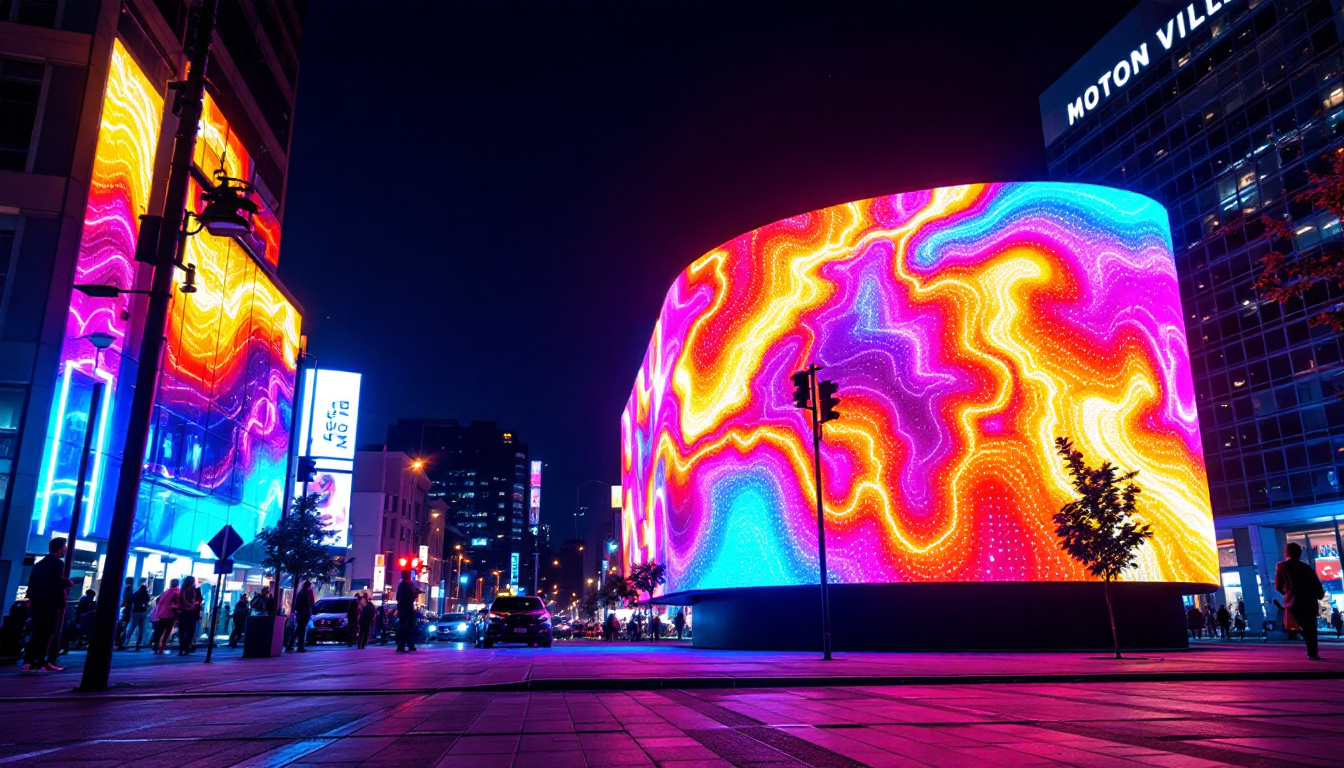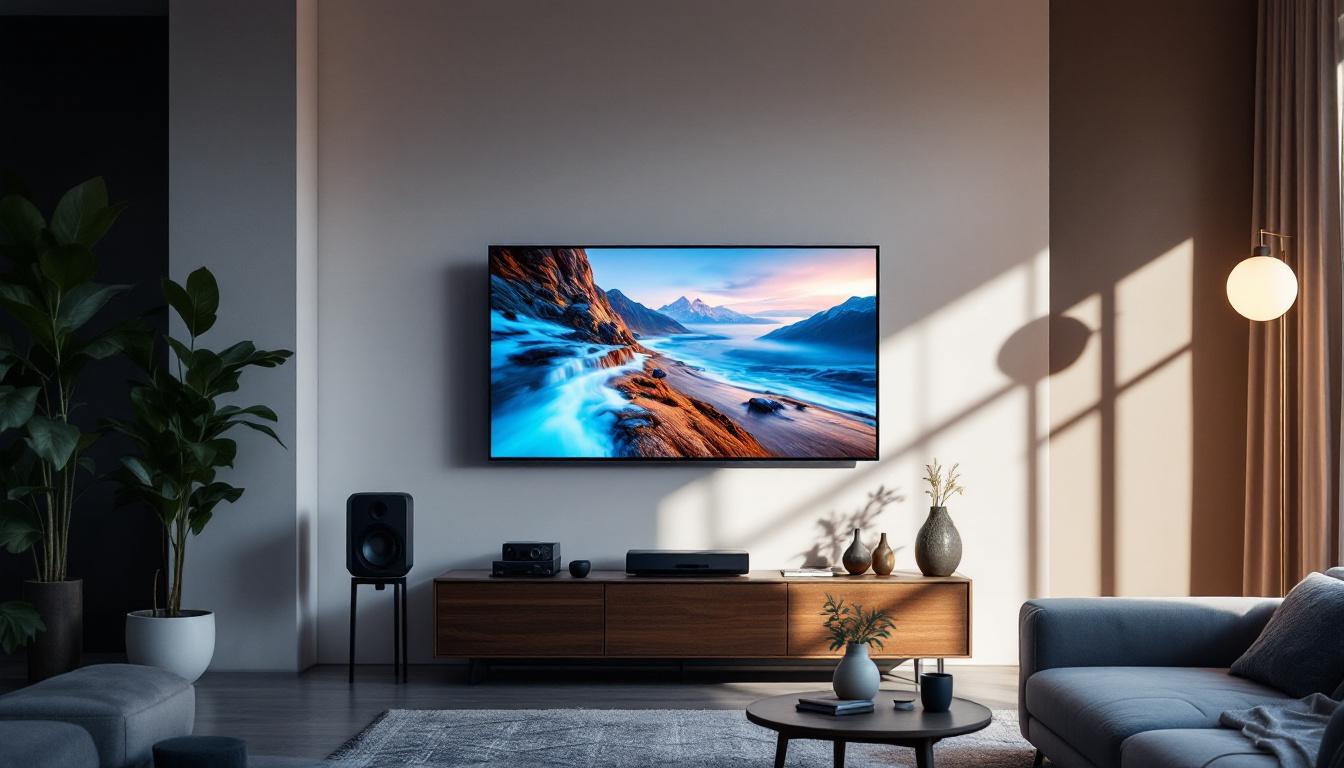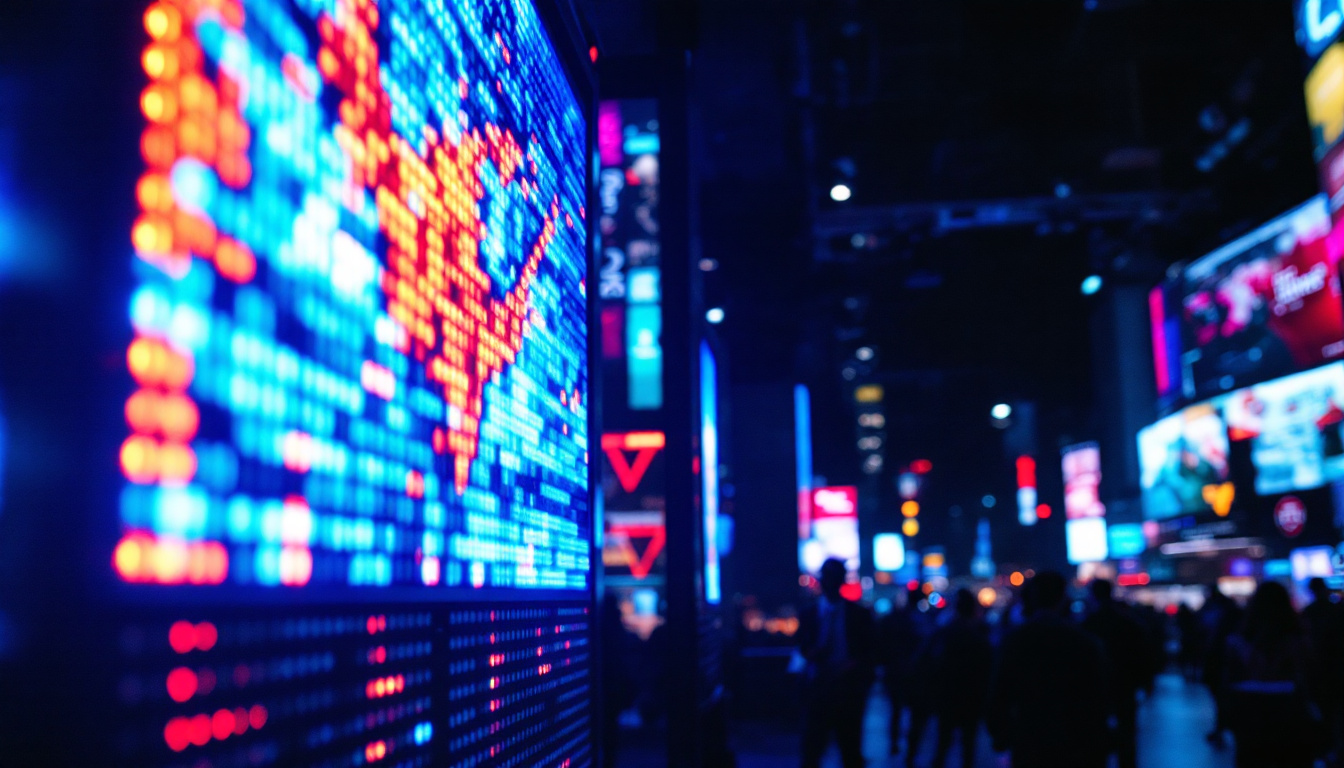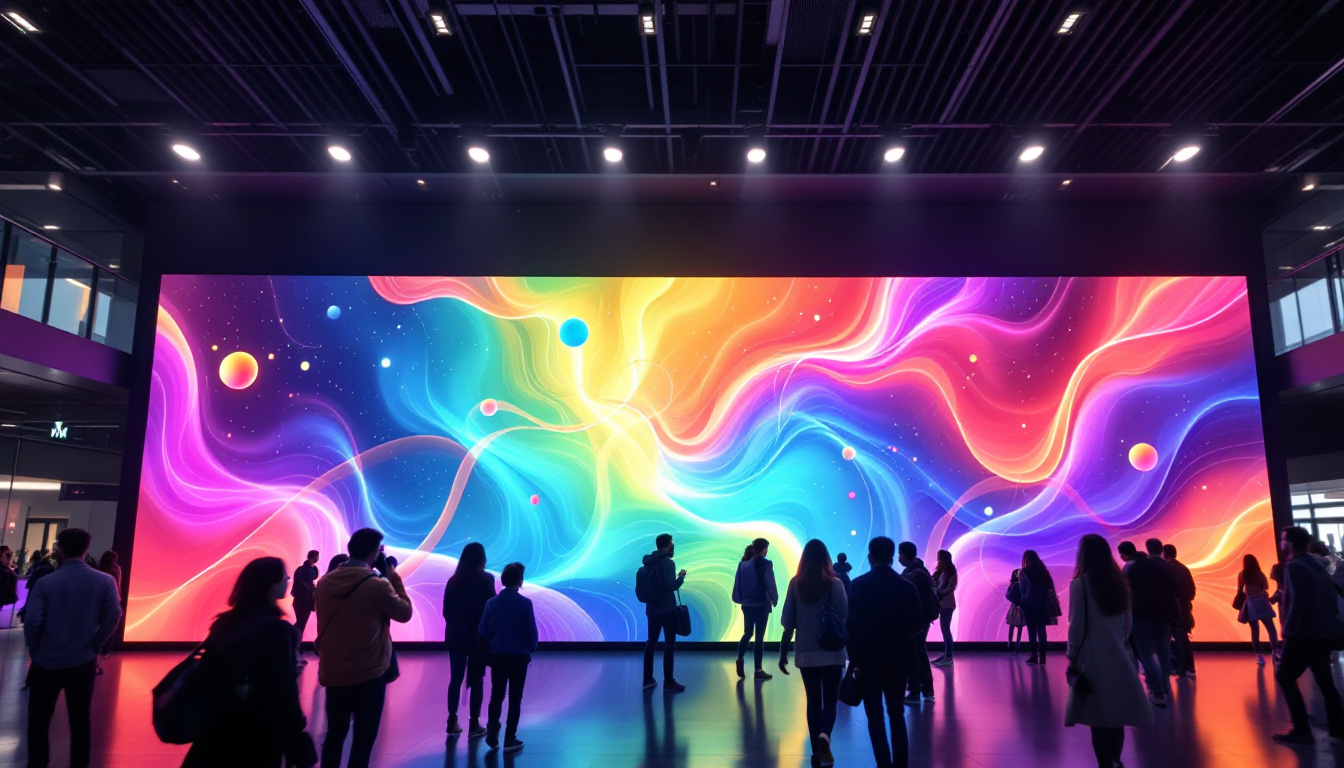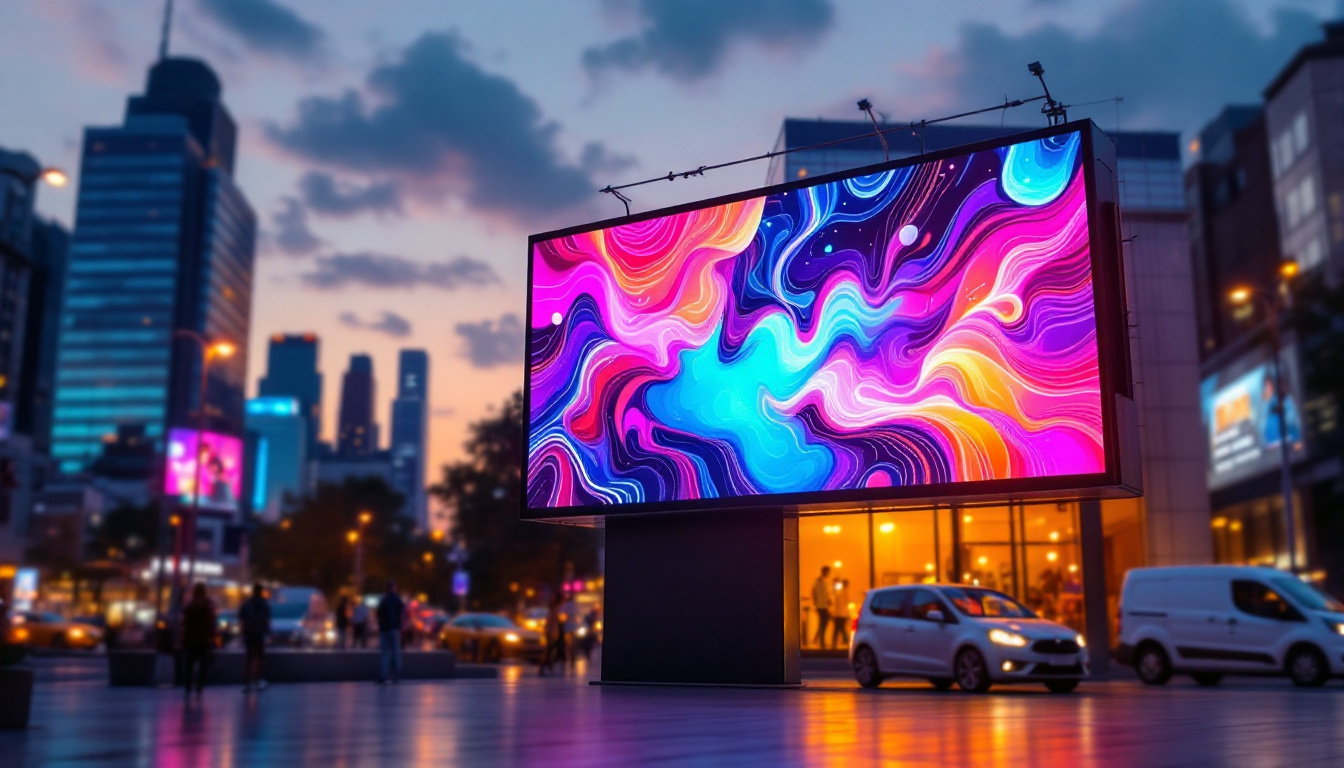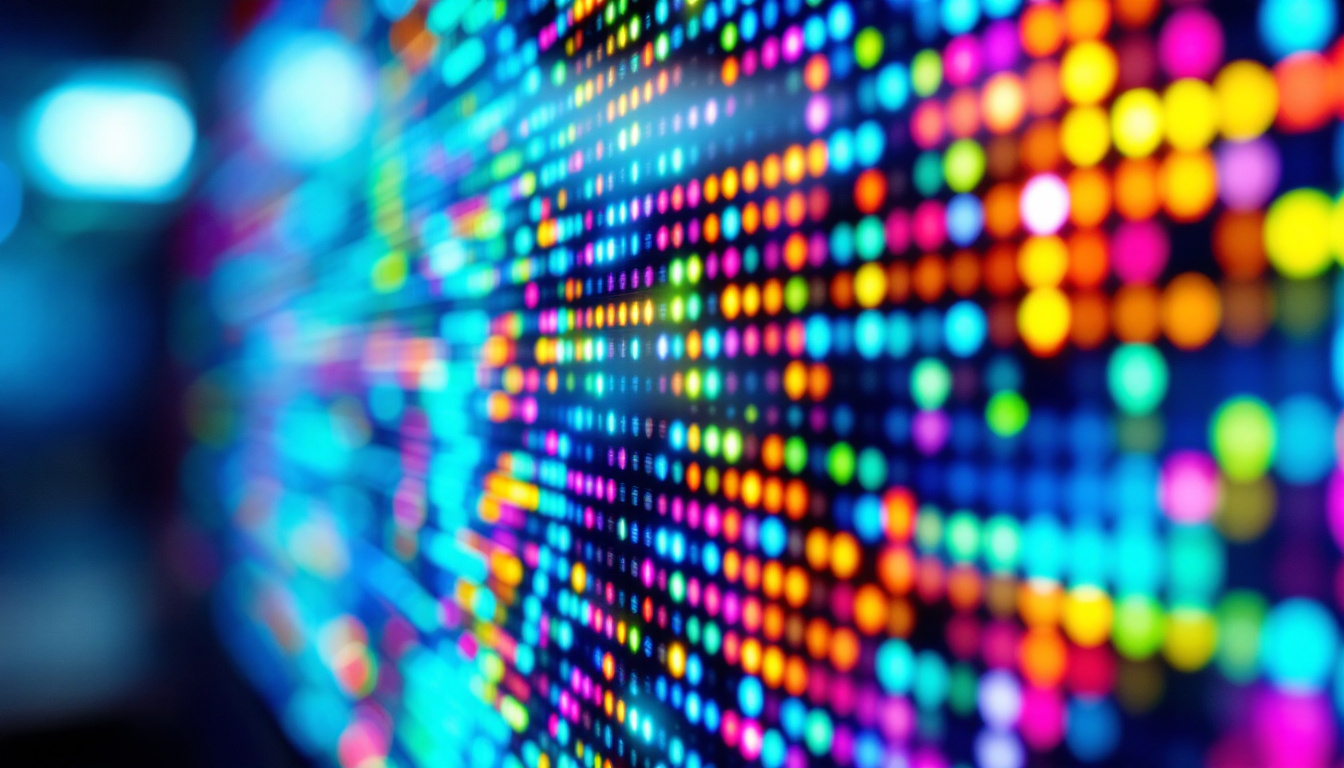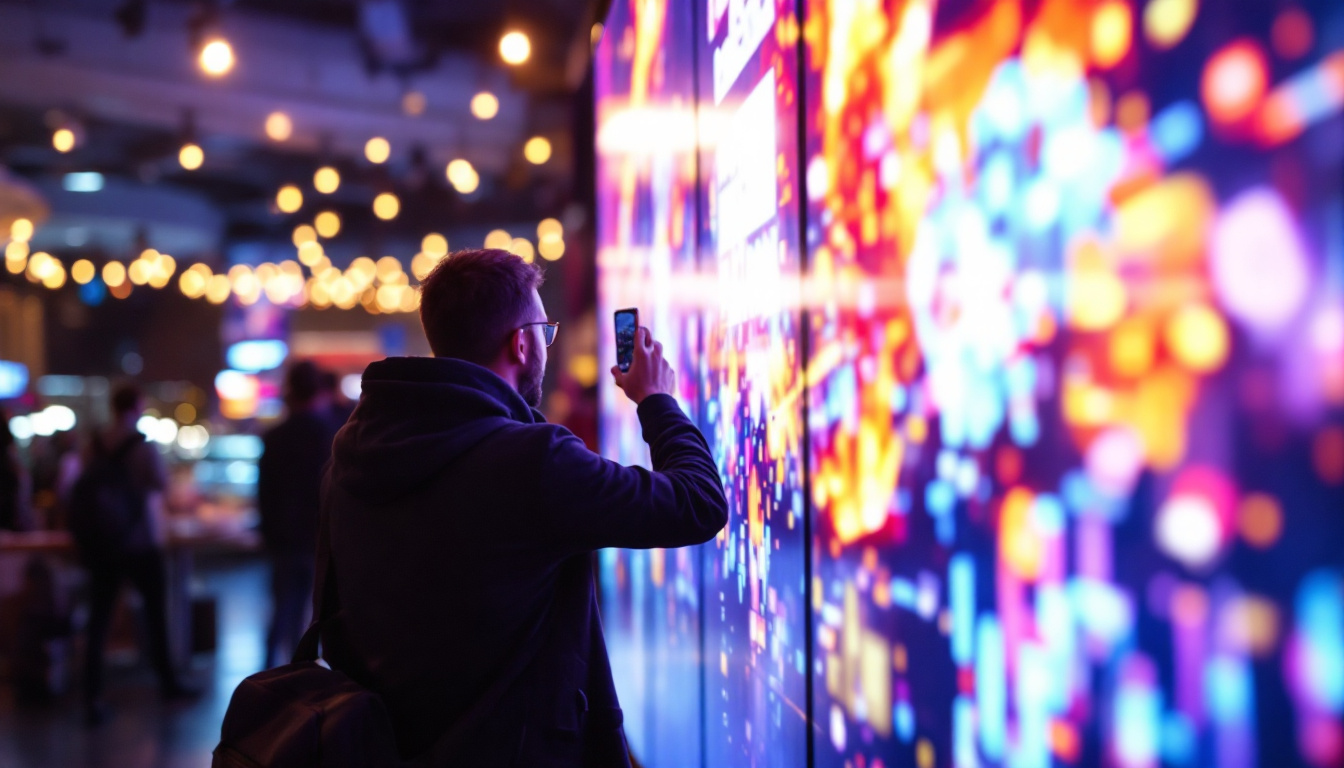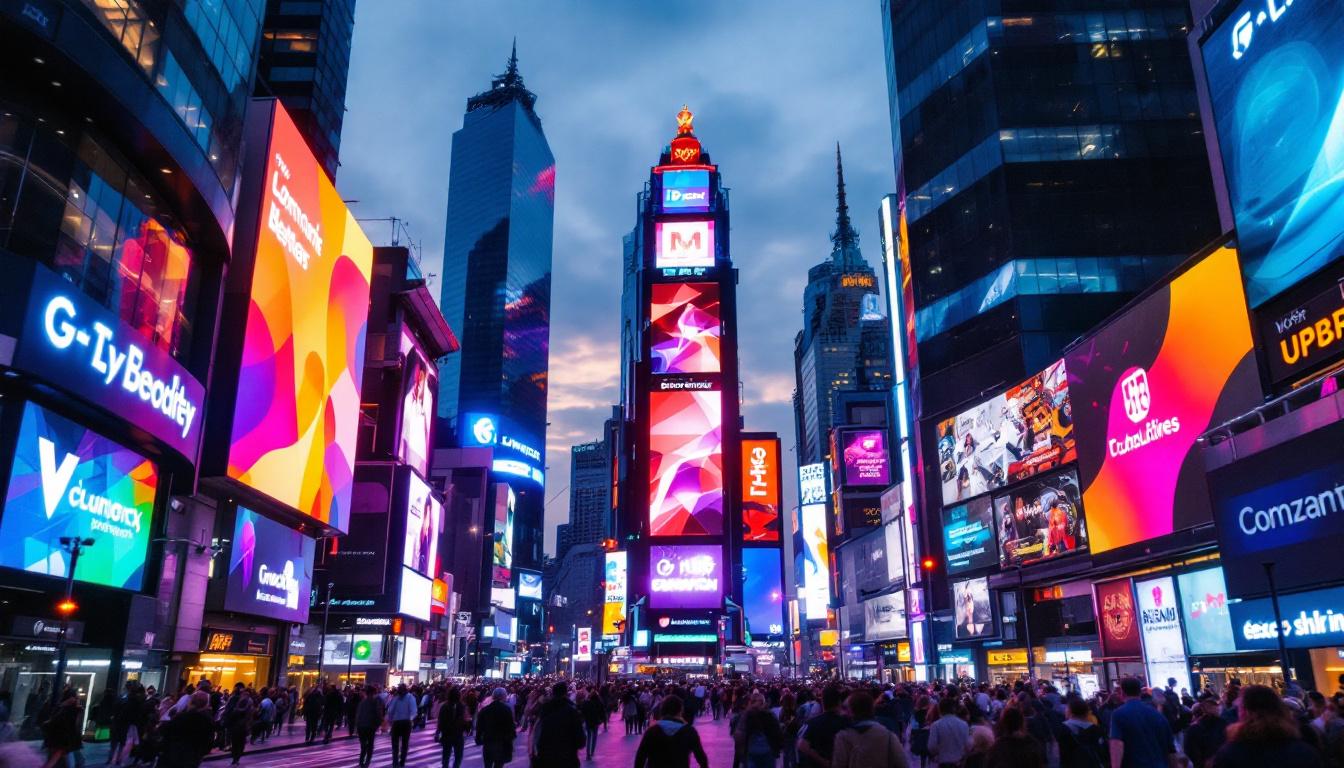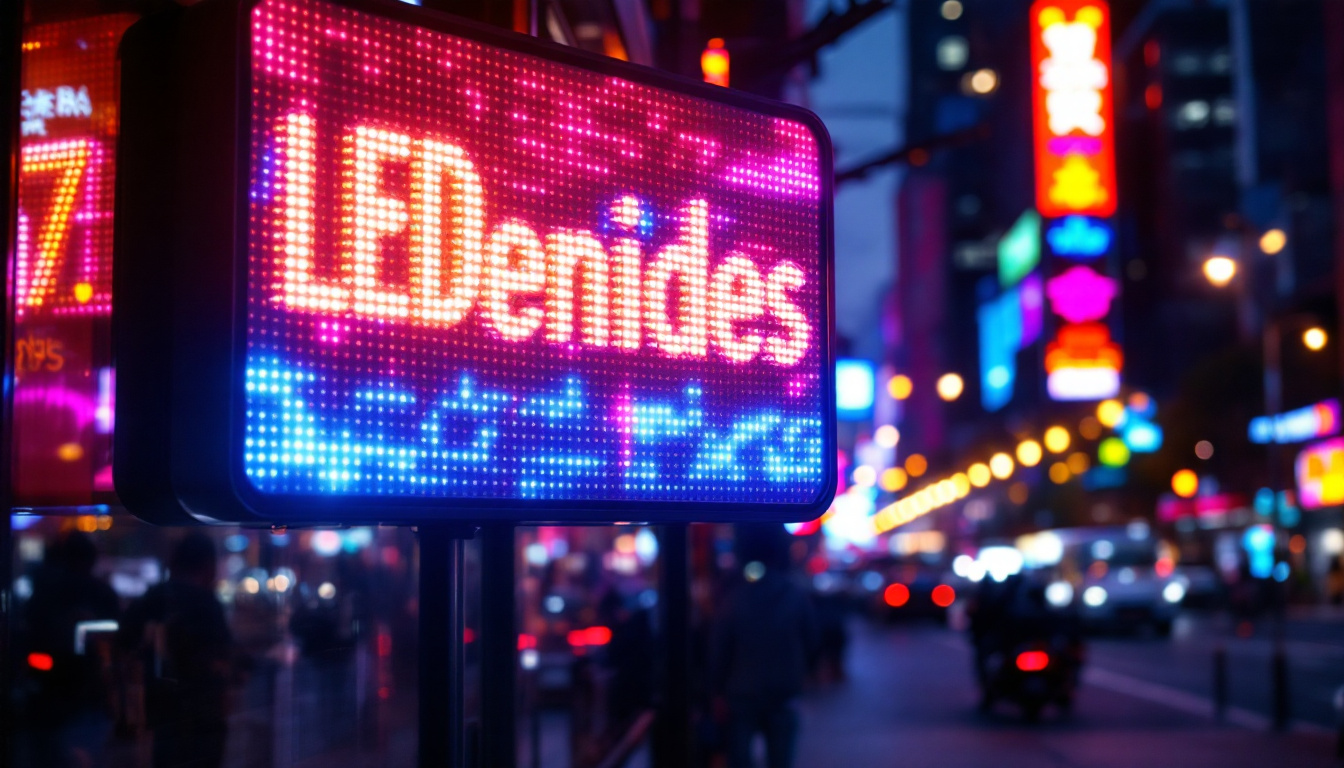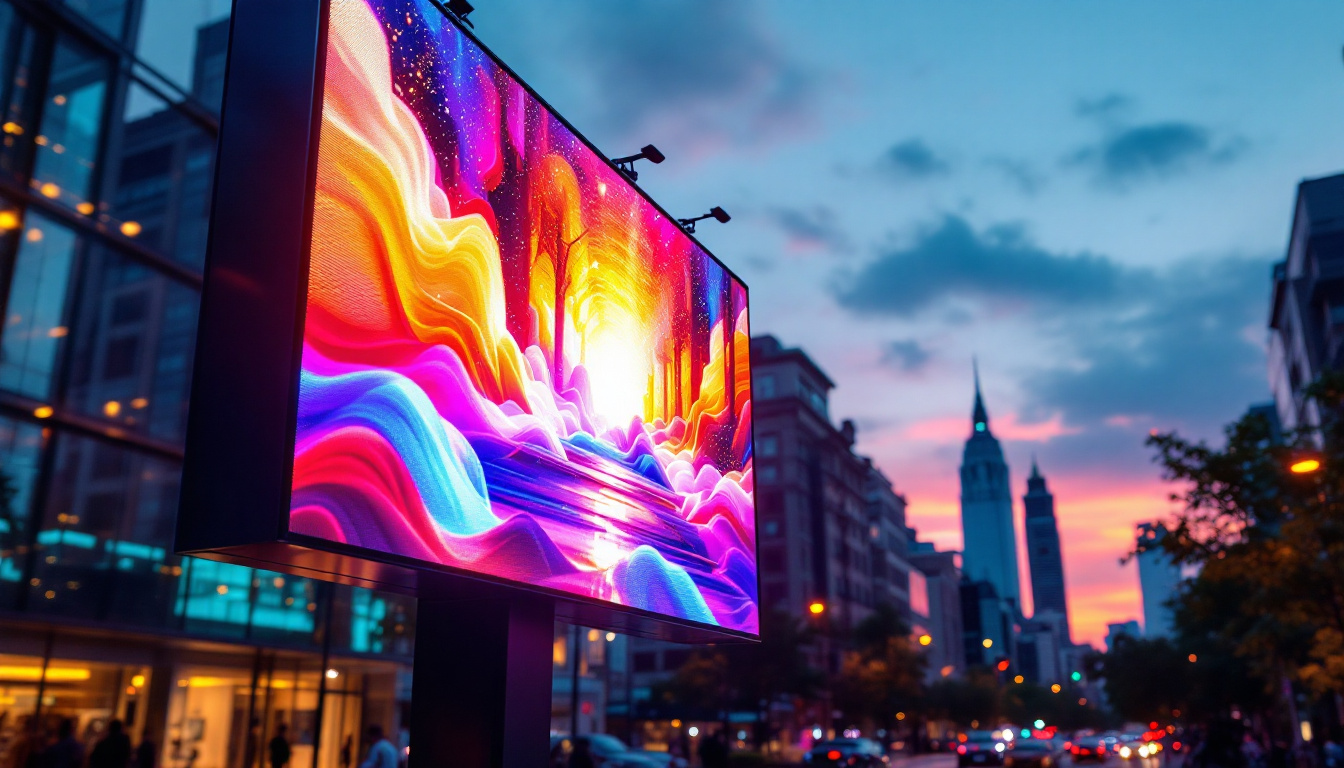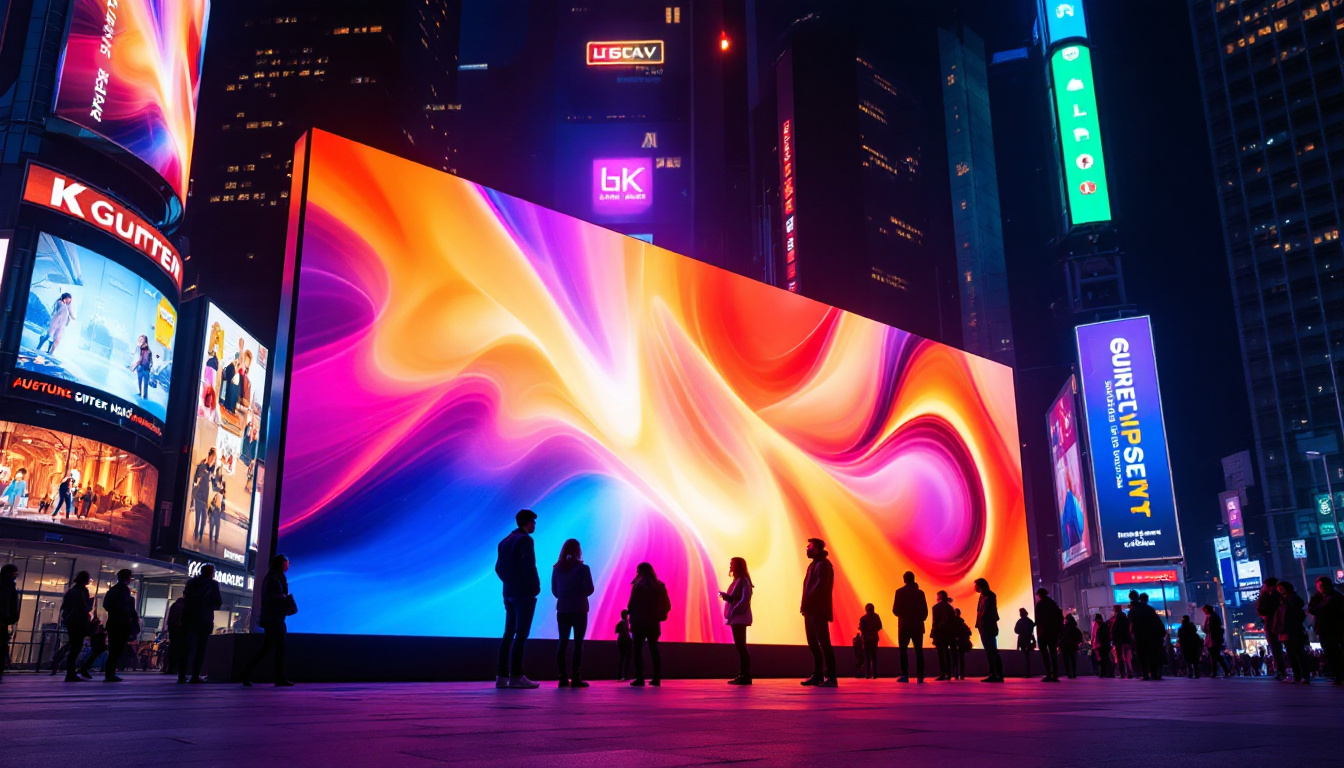In the ever-evolving landscape of advertising, LED displays have emerged as a game-changer. These vibrant, eye-catching billboards are not just a trend; they represent a significant shift in how brands communicate with their audiences. This article delves into the world of LED displays, exploring their features, benefits, and various examples that illustrate their effectiveness in modern advertising.
Understanding LED Displays
LED (Light Emitting Diode) displays are a type of digital signage that utilizes light-emitting diodes to create images and videos. Unlike traditional billboards, which rely on static images, LED displays can showcase dynamic content that captures attention more effectively. This technology allows for a range of advertising possibilities, from simple text messages to complex video presentations. The versatility of LED displays has made them a popular choice for businesses looking to engage customers in a visually stimulating way, enhancing brand visibility and communication.
Moreover, the energy efficiency of LED technology contributes to its growing popularity. Compared to traditional lighting solutions, LED displays consume significantly less power, making them not only cost-effective but also environmentally friendly. This aspect is particularly appealing to companies aiming to reduce their carbon footprint while still maintaining high-quality advertising standards.
How LED Displays Work
At the core of an LED display are thousands of tiny diodes that emit light when an electric current passes through them. These diodes are arranged in a grid format, forming pixels that collectively create the images seen on the screen. The brightness and color of each pixel can be adjusted, allowing for stunning visuals that can be seen even in bright daylight. This adaptability is crucial for outdoor displays, which must compete with sunlight to remain visible and effective.
LED displays can be categorized into two main types: indoor and outdoor. Indoor LED displays are typically used in shopping malls, airports, and other enclosed spaces, while outdoor displays are designed to withstand weather conditions and are often found along highways and in city centers. The durability of outdoor LED displays is enhanced by protective coatings and robust housing, ensuring that they can endure rain, wind, and extreme temperatures without compromising performance.
Types of LED Displays
There are several types of LED displays, each serving different advertising needs. The most common types include:
- Full-Color LED Displays: These displays can show a wide range of colors and are ideal for video advertisements.
- Monochrome LED Displays: These are simpler displays that typically show text or simple graphics in one color.
- RGB LED Displays: These utilize red, green, and blue diodes to create a full spectrum of colors, allowing for vibrant images and videos.
In addition to these common types, there are also specialized LED displays designed for specific applications. For instance, transparent LED displays allow for a unique viewing experience, enabling users to see through the screen while still displaying content. This technology is particularly popular in retail environments, where it can be used to showcase products while maintaining visibility of the store interior. Another innovative type is the flexible LED display, which can be bent and shaped to fit unconventional spaces, opening up new possibilities for creative advertising and design.
The Advantages of LED Displays
LED displays offer numerous advantages over traditional advertising methods. Their ability to display dynamic content is perhaps the most significant benefit, allowing brands to engage audiences in ways that static billboards simply cannot. Here are some key advantages:
High Visibility
One of the standout features of LED displays is their brightness. Even in direct sunlight, these displays remain visible, ensuring that advertisements can be seen from a distance. This high visibility is crucial for capturing the attention of passersby, especially in busy urban environments. Moreover, the vibrant colors and high contrast of LED technology enhance the visual appeal, making advertisements more eye-catching and memorable. This is particularly important in a world where consumers are bombarded with countless messages every day, as a striking display can cut through the noise and leave a lasting impression.
Flexibility and Versatility
LED displays can be easily updated with new content, making them incredibly versatile. Advertisers can change messages in real-time, allowing for timely promotions and announcements. This flexibility is particularly beneficial for businesses that want to respond quickly to market trends or events. For instance, during a major sporting event, a local restaurant can promote game-day specials or limited-time offers, ensuring that their message is relevant and engaging. Additionally, LED displays can be programmed to show different advertisements at various times of the day, optimizing exposure and targeting specific demographics based on foot traffic patterns.
Cost-Effectiveness
While the initial investment in LED technology can be higher than traditional billboards, the long-term savings are significant. LED displays consume less energy and have a longer lifespan, reducing maintenance and operational costs. Additionally, the ability to change content frequently can lead to higher engagement and conversion rates, maximizing the return on investment. Furthermore, many LED displays are equipped with smart technology that allows for remote monitoring and management, which can further reduce labor costs associated with manual updates and maintenance. This blend of efficiency and innovation makes LED displays a smart choice for businesses looking to enhance their advertising strategy while keeping expenses in check.
Environmental Benefits
In addition to their economic advantages, LED displays are also more environmentally friendly compared to traditional advertising methods. They consume significantly less power, which not only lowers electricity bills but also reduces the overall carbon footprint of advertising campaigns. Many LED displays are designed to be recyclable, minimizing waste and promoting sustainability. As consumers become increasingly aware of environmental issues, businesses that utilize eco-friendly advertising solutions can enhance their brand image and appeal to a more conscientious audience. By choosing LED displays, companies not only invest in effective marketing but also contribute to a greener planet.
Real-World Examples of LED Displays
To better understand the impact of LED displays, examining real-world examples can be enlightening. Many brands have successfully leveraged this technology to create memorable advertising campaigns. Here are a few notable instances:
Times Square, New York City
Times Square is perhaps the most famous location for LED displays. The area is home to numerous large-scale digital billboards that showcase everything from movie trailers to fashion advertisements. The combination of bright lights and dynamic content creates an immersive experience that attracts millions of visitors each year.
One standout example is the massive LED screen at the corner of 42nd Street and Broadway, which features rotating advertisements from some of the world’s biggest brands. The sheer scale and brightness of these displays make them impossible to ignore, demonstrating the effectiveness of LED technology in high-traffic areas.
Las Vegas Strip
The Las Vegas Strip is another iconic location known for its extravagant LED displays. Hotels and casinos utilize these billboards to promote events, shows, and attractions. The dazzling visuals and animations draw in tourists, contributing to the vibrant atmosphere of the city.
For instance, the LED display at the Fremont Street Experience features a massive canopy that showcases light shows and advertisements, captivating audiences as they walk beneath it. This innovative use of LED technology not only promotes businesses but also enhances the overall experience of visitors.
Sports Arenas and Stadiums
LED displays have also transformed the way sports teams engage with fans. Many stadiums now feature large LED screens that display live game footage, replays, and advertisements. These displays enhance the viewing experience and keep fans informed about game statistics and promotions.
A notable example is the AT&T Stadium in Arlington, Texas, home to the Dallas Cowboys. The stadium boasts one of the largest video boards in the world, providing fans with an immersive experience that enhances their enjoyment of the game. This integration of technology not only entertains but also serves as a platform for advertisers to reach a captive audience.
Challenges and Considerations
While LED displays offer numerous benefits, they also come with challenges that advertisers must consider. Understanding these challenges can help brands make informed decisions about their advertising strategies.
Initial Investment
The cost of purchasing and installing LED displays can be significant. Businesses must weigh the potential return on investment against the upfront costs. For smaller companies or those with limited budgets, this initial investment can be a barrier to entry.
Content Management
Creating and managing content for LED displays requires a strategic approach. Advertisers must ensure that their messages are clear, engaging, and relevant. Poorly designed content can lead to viewer disengagement, undermining the effectiveness of the display.
Additionally, frequent updates and changes to content require ongoing management, which can be resource-intensive for some businesses. Companies must have a plan in place to ensure that their displays remain fresh and appealing.
Regulatory Compliance
In many regions, there are regulations governing the use of digital billboards. These regulations may dictate factors such as brightness levels, display duration, and content restrictions. Advertisers must be aware of these regulations to avoid potential fines or legal issues.
The Future of LED Displays
The future of LED displays looks promising, with advancements in technology continually enhancing their capabilities. As the demand for dynamic advertising grows, so too does the innovation in LED technology.
Integration with Augmented Reality
One exciting development on the horizon is the integration of LED displays with augmented reality (AR). This combination could create immersive advertising experiences that engage consumers in new and interactive ways. Imagine walking past a digital billboard that not only displays an advertisement but also allows viewers to interact with it through their smartphones.
Improved Energy Efficiency
As sustainability becomes a priority for many businesses, advancements in LED technology are leading to even greater energy efficiency. Future displays will likely consume less power while maintaining high brightness and image quality, making them more environmentally friendly.
Enhanced Interactivity
Future LED displays are also expected to incorporate more interactive features. This could include touchscreens that allow users to engage with content directly or displays that respond to audience movement. Such innovations could further enhance the effectiveness of advertising campaigns by fostering deeper connections between brands and consumers.
Conclusion
LED displays have revolutionized the advertising landscape, offering brands a powerful tool to engage with their audiences. With their high visibility, flexibility, and cost-effectiveness, these displays are becoming an essential component of modern marketing strategies. As technology continues to advance, the potential for LED displays will only grow, paving the way for even more innovative advertising solutions.
As businesses consider their advertising options, understanding the capabilities and benefits of LED displays can provide a competitive edge. By leveraging this dynamic technology, brands can create memorable experiences that resonate with consumers and drive engagement in an increasingly digital world.
Illuminate Your Brand with LumenMatrix
Ready to elevate your advertising strategy and captivate your audience with unparalleled clarity? Discover LumenMatrix’s innovative LED display solutions, where cutting-edge technology meets creative design. From bustling city centers to the heart of your next big event, our diverse range of products, including Indoor and Outdoor LED Wall Displays, Vehicle LED Displays, and more, are tailored to make your brand shine. Don’t just take our word for it; experience the transformative power of LED displays. Check out LumenMatrix LED Display Solutions and join the visual revolution today.

